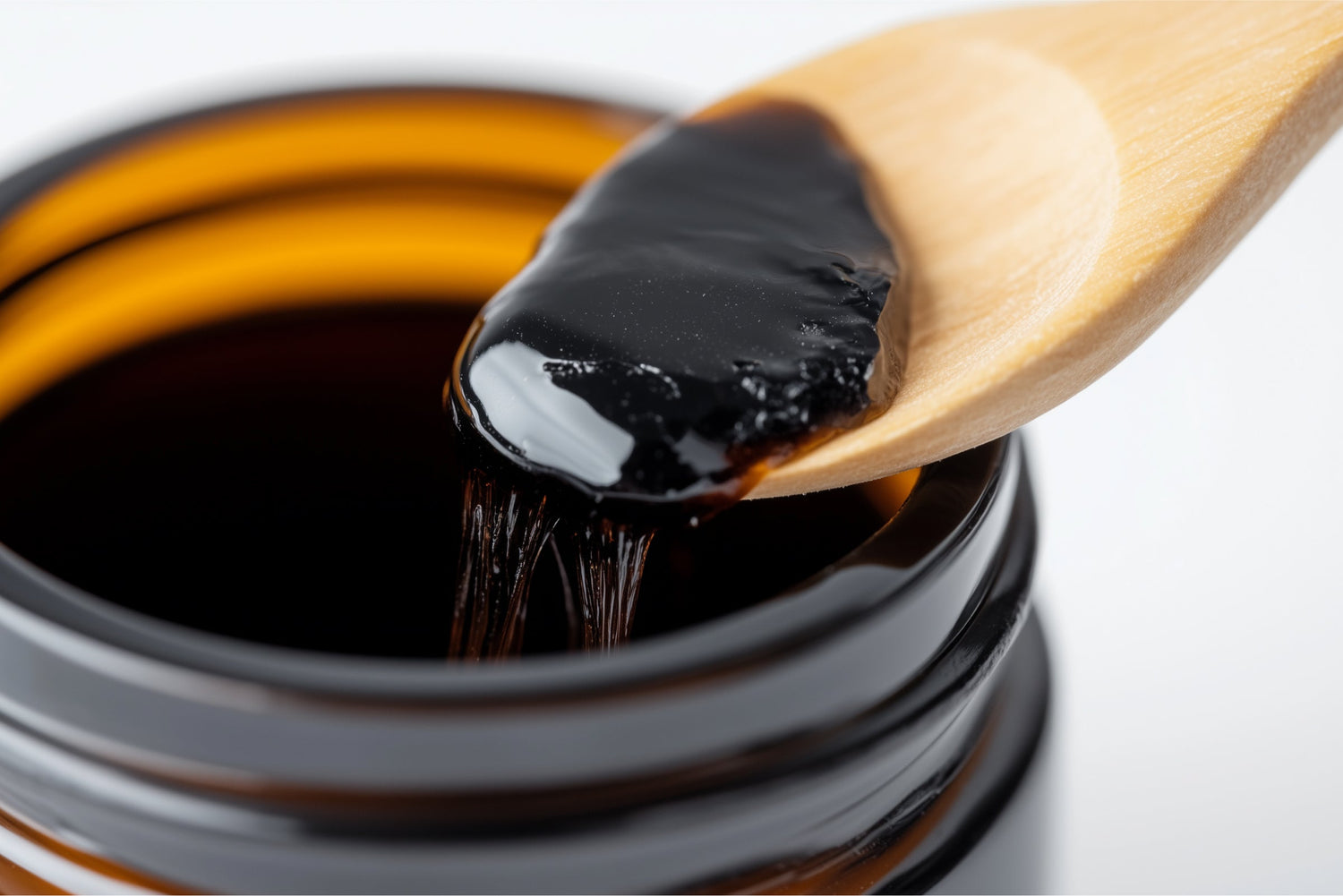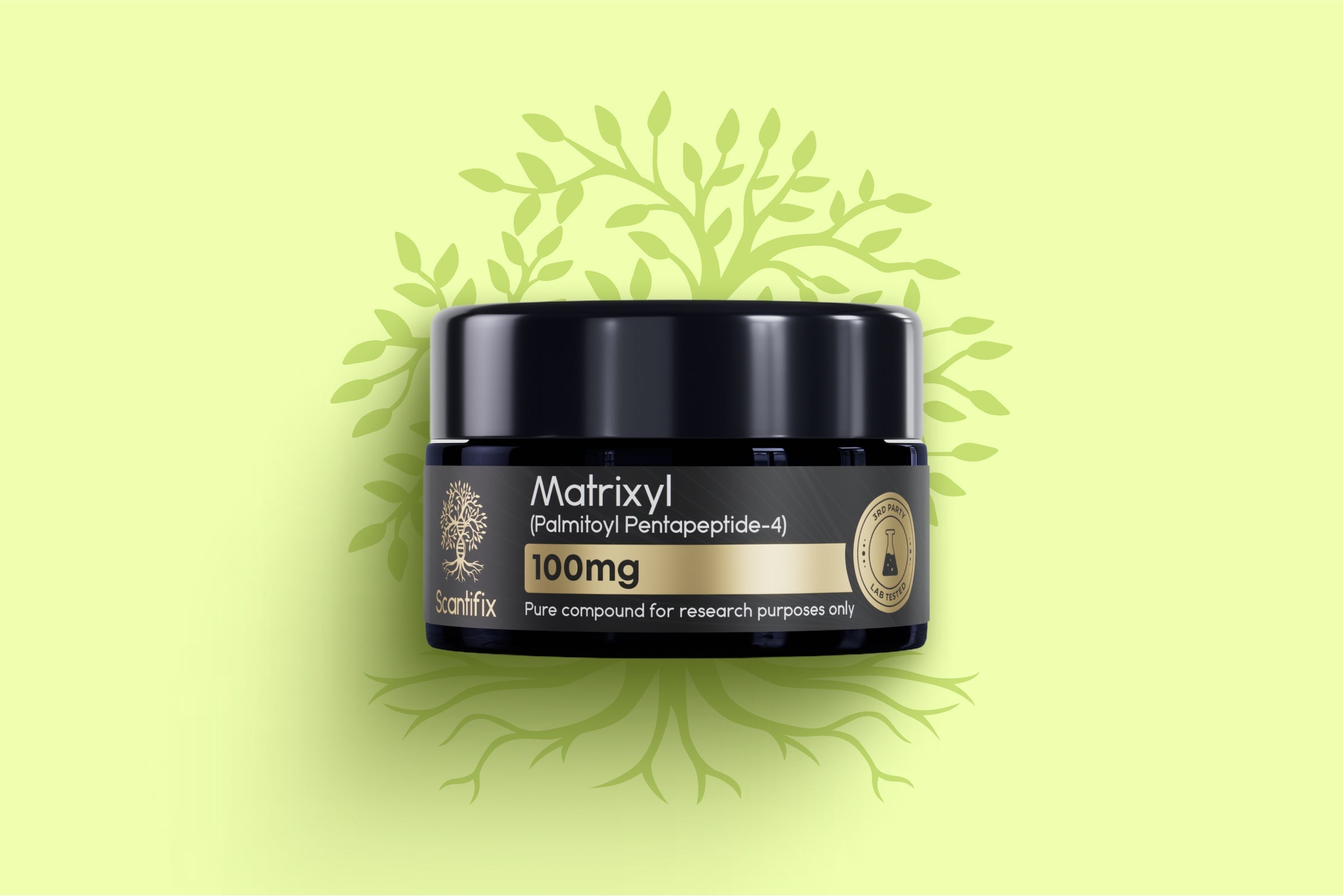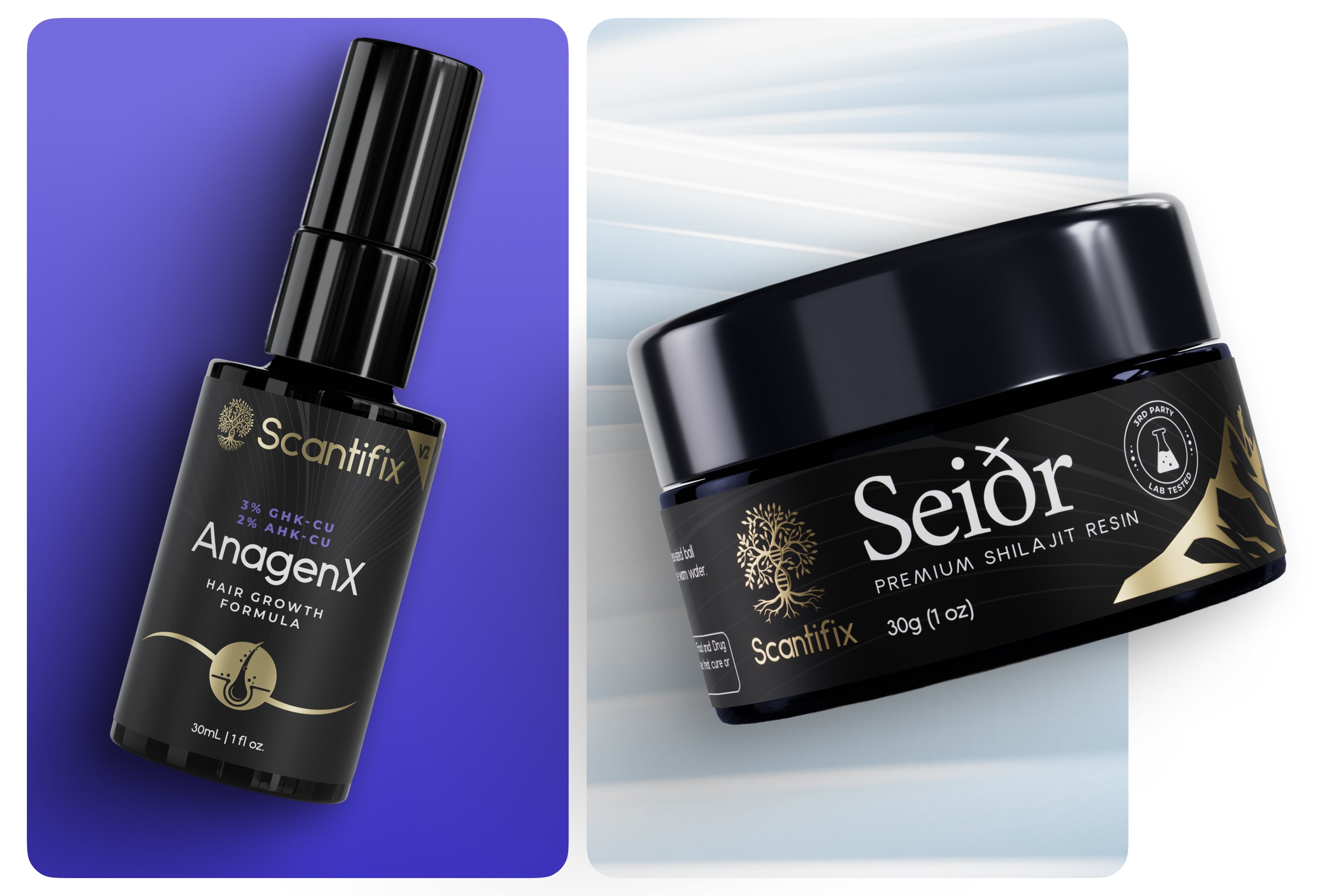Not all shilajit is made the same. Walk into any supplement shop or browse online, and you’ll find resin, powders, capsules, and even liquid drops—all claiming to deliver the benefits of this revered substance. Yet the truth is, both the form of shilajit and its authenticity determine whether you’re getting the full spectrum of its potential. A resin that’s minimally processed and verified for purity offers a very different experience than a diluted capsule or a counterfeit product.
This guide brings the two conversations together: which form of shilajit delivers maximum benefits, and how to ensure what you’re buying is truly authentic. The two go hand in hand. After all, even the best form won’t matter if it’s fake, and the purest source won’t deliver if it’s been over-processed into a weak format. That philosophy shaped this guide and also inspired us to create a product that reflects those same values.
Before we explore the differences between shilajit forms, let’s start with a reminder of what it actually is.
What Is Shilajit?
Shilajit is a resinous, mineral-rich substance that forms over centuries from the slow decomposition of plant matter in high-altitude mountain ranges such as the Himalayas and Altai. Traditionally valued in Ayurveda as a vitality tonic, modern analysis shows it contains more than 85 trace minerals, along with fulvic and humic acids—compounds that support cellular energy, nutrient absorption, and resilience to stress (Bhavsar et al., 2016).
At its core, shilajit works as a natural “biological enhancer.” Fulvic acid, its most active compound, helps transport minerals and nutrients across cell membranes (Carrasco-Gallardo et al., 2012), while humic compounds stabilize and prolong their activity. This synergy is what sets true shilajit apart from isolated supplements or overly processed extracts.
The Four Main Forms of Shilajit
Today, shilajit is sold in several formats, each with distinct advantages and trade-offs:
-
-
Resin
The traditional, tar-like form, closest to how shilajit has been used for centuries. Resin undergoes minimal processing, preserving its full spectrum of minerals and bioactive compounds (Stohs, 2014). -
Capsules
Powdered shilajit encased in convenient pill form. While easy to use, capsules often contain diluted extracts or blends with fillers, lowering potency. -
Powder
Typically a dried version of shilajit resin, but the drying process can damage or degrade bioactive compounds. Quality varies widely, and adulteration is common. -
Liquid drops
Usually water-based dilutions marketed for convenience. These are often the most processed and least concentrated form, making them weak compared to resin.
-
Resin
On the surface, capsules and liquids may look like the more convenient option. But when potency, bioavailability, and authenticity are weighed, resin consistently stands apart.
Why Resin Stands Out
Shilajit resin is widely considered the most effective form for several reasons:
-
- Minimal processing – Resin retains its full biological complexity, unlike powders or capsules that undergo heat drying or extraction (Ghosal et al., 1991).
- Highest concentration – A pea-sized portion of resin delivers a denser concentration of fulvic acid and trace minerals than an equivalent capsule.
- Maximum preservation of actives – Sensitive compounds like dibenzo-α-pyrones and humic acids remain intact (Stohs, 2014).
- Tradition and efficacy – Resin mirrors the way shilajit has been consumed in traditional medicine for centuries (Bhavsar et al., 2016).
Capsules and powders may win on convenience, but they often sacrifice the very compounds that make shilajit valuable. In contrast, resin requires only minimal purification to remove impurities while leaving the natural spectrum intact.
The Importance of Authenticity and Purity
Here’s the pivot: even if resin is the best form, it only matters if the product is authentic. Shilajit’s rise in popularity has unfortunately led to a flood of fake or adulterated products. Some powders and resins on the market are cut with fillers like gum, soil, or synthetic additives. Others may be contaminated with heavy metals due to poor sourcing (Schepetkin et al., 2009).
The risks go beyond wasted money. Low-quality shilajit lacks the concentration of fulvic acid and minerals that deliver its benefits, and contaminants may even pose safety concerns.
How to Identify Pure, Authentic Shilajit
When shopping for shilajit resin, here are the key markers of authenticity to look for:
-
-
Visual and physical tests
Real shilajit resin is dense, tar-like, and sticky at room temperature. When placed in warm water, it should dissolve fully, leaving no residue or grit. Fake shilajit resins often remain lumpy or contain visible fillers. -
Taste and smell
Authentic shilajit resin has a strong, slightly bitter, mineral-rich taste—an acquired flavor that signals its natural composition. Overly sweetened or flavorless products should raise concern. -
Lab testing
The most reliable way to confirm authenticity is through third-party Certificates of Analysis (COAs), which verify fulvic acid concentration and screen for contaminants like heavy metals. -
Sourcing region
Shilajit from high-altitude ranges like the Altai Mountains is considered superior due to its mineral density and clean environment. -
Packaging
Shilajit resin should be stored in dark, airtight glass containers to preserve its potency. Transparent or plastic packaging risks degradation.
-
Visual and physical tests
Knowing what to look for is the first step, but finding a shilajit resin that checks all the boxes can still feel overwhelming. That’s why we created a product that puts quality, transparency, and authenticity first, so you can feel confident in what you’re taking.
Seior Shilajit: Setting the Benchmark
Scantifix Seior: Premium Shilajit resin offers the highest standard for both form and authenticity. Here’s why:
-
- Traditional sourcing – Wild-harvested in the pristine Altai Mountains, where conditions produce shilajit with exceptional fulvic acid and mineral density.
- Minimal processing – Extracted using traditional methods that preserve the natural spectrum of over 85 minerals and bioactives.
- Verified purity – Each batch undergoes rigorous third-party testing, confirming 78.5% fulvic acid content and ensuring it is free of contaminants.
- Cost-effective potency – Because of its concentration, only small daily doses are needed, making resin more economical long-term than capsules or powders.
Seior represents the alignment of tradition and science: authentic shilajit resin prepared in a way that preserves the biological complexity nature intended.
How to Use Shilajit Resin Effectively
Some people hesitate to use resin because of its earthy taste or sticky texture, but these qualities are actually signs of authenticity. With a few simple practices, it’s easy to incorporate resin into your daily routine:
-
- Dosage – A pea-sized amount (250–500 mg) is sufficient—far less than capsule equivalents.
- Preparation – Dissolve the resin fully in lukewarm, non-chlorinated water, tea, or milk. Many people add honey or lemon to balance the mineral-rich flavor.
- Timing – Take in the morning or early afternoon on an empty stomach for best absorption.
- Consistency – Shilajit works cumulatively; daily use supports the full benefits of fulvic and humic compounds over time (Bhavsar et al., 2016).
Ultimately, the slight trade-off in taste and convenience is outweighed by the superior potency and authenticity that resin delivers compared to processed forms.
Final Thoughts: Making an Informed Choice
When it comes to shilajit, both form and purity define its effectiveness. Resin stands out as the most concentrated and biologically intact form, but authenticity is equally important. Counterfeit or heavily processed products simply don’t measure up.
Scantifix Seior: Premium Shilajit resin demonstrates what shilajit should be: minimally processed, rigorously tested, and sourced from one of the world’s most pristine environments. For those seeking the true benefits of shilajit, resin in its purest form continues to be one of the most trusted options available.
Resources
Bhavsar, S. K., Thaker, A. M., & Malik, J. K. (2016). Shilajit. In V. R. Preedy (Ed.), Nutraceuticals: Efficacy, Safety and Toxicity (2nd ed., pp. 655–661). Academic Press. https://doi.org/10.1016/B978-0-12-802147-7.00051-6
Carrasco-Gallardo, C., Guzmán, L., & Maccioni, R. B. (2012). Shilajit: A natural phytocomplex with potential procognitive activity. International Journal of Alzheimer's Disease, 2012, 674142. https://doi.org/10.1155/2012/674142
Ghosal, S., Lal, J., & Singh, S. K. (1991). The need for formulation of Shilajit by its isolated active constituents. Phytotherapy Research, 5(5), 211–216. https://doi.org/10.1002/ptr.2650050506
Schepetkin, I. A., Khlebnikov, A. I., & Quinn, M. T. (2009). Characterization of humic substances derived from Shilajit and other natural sources. Phytotherapy Research, 23(2), 187–198. https://pubmed.ncbi.nlm.nih.gov/19107845/
Stohs, S. J. (2014). Safety and efficacy of shilajit (mumie, moomiyo). Phytotherapy Research, 28(5), 675–679. https://doi.org/10.1002/ptr.5018






Leave a comment
All comments are moderated before being published.
This site is protected by hCaptcha and the hCaptcha Privacy Policy and Terms of Service apply.